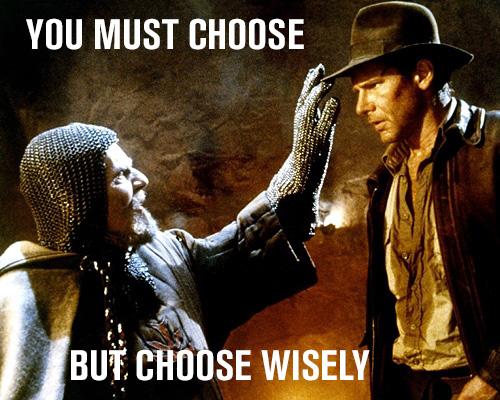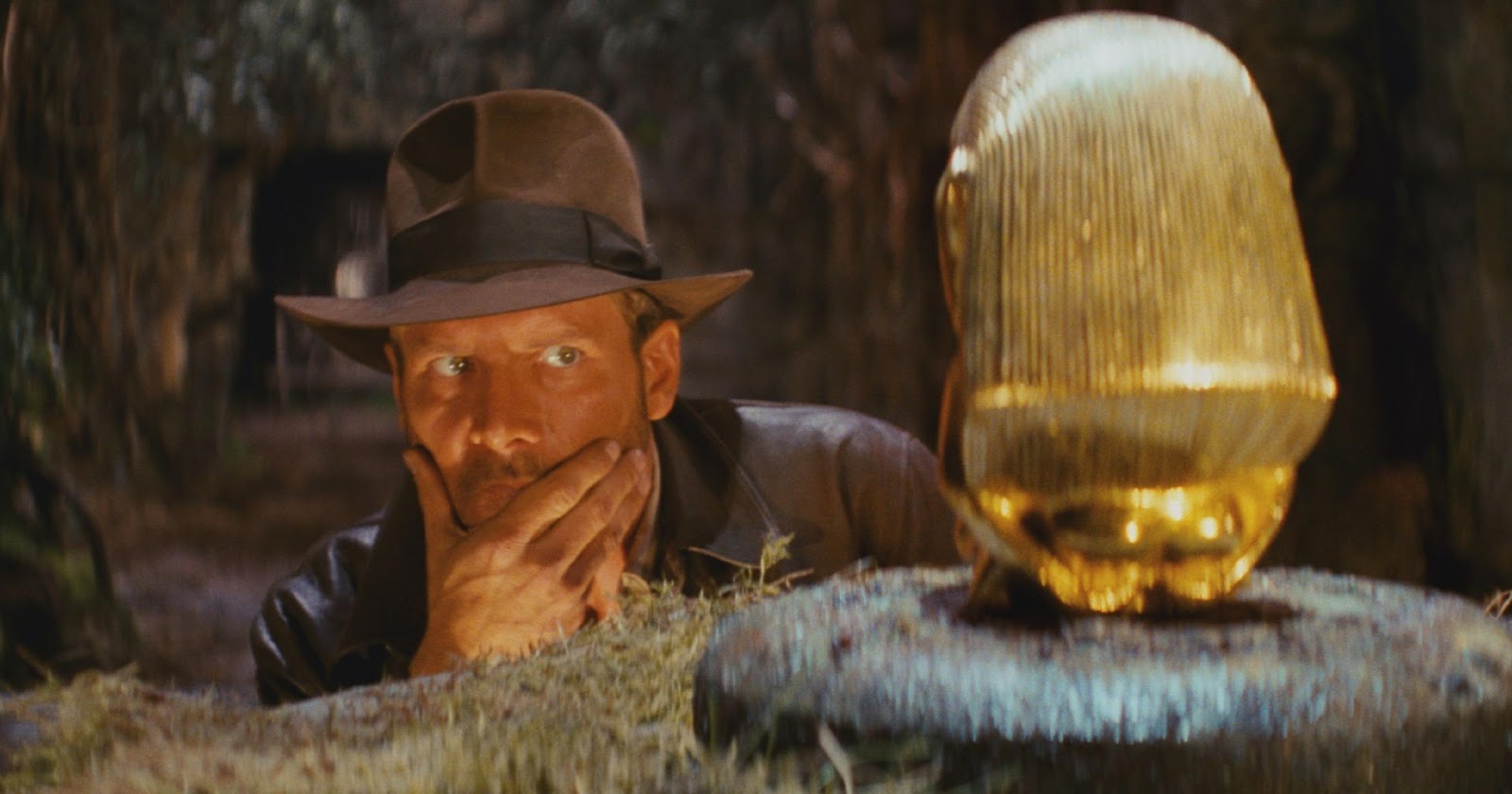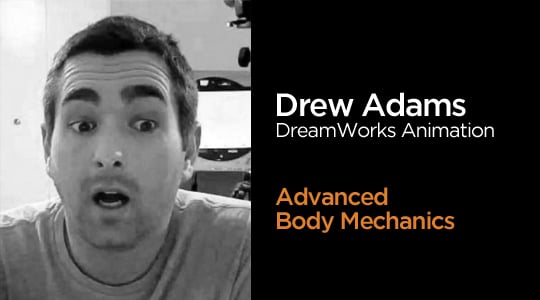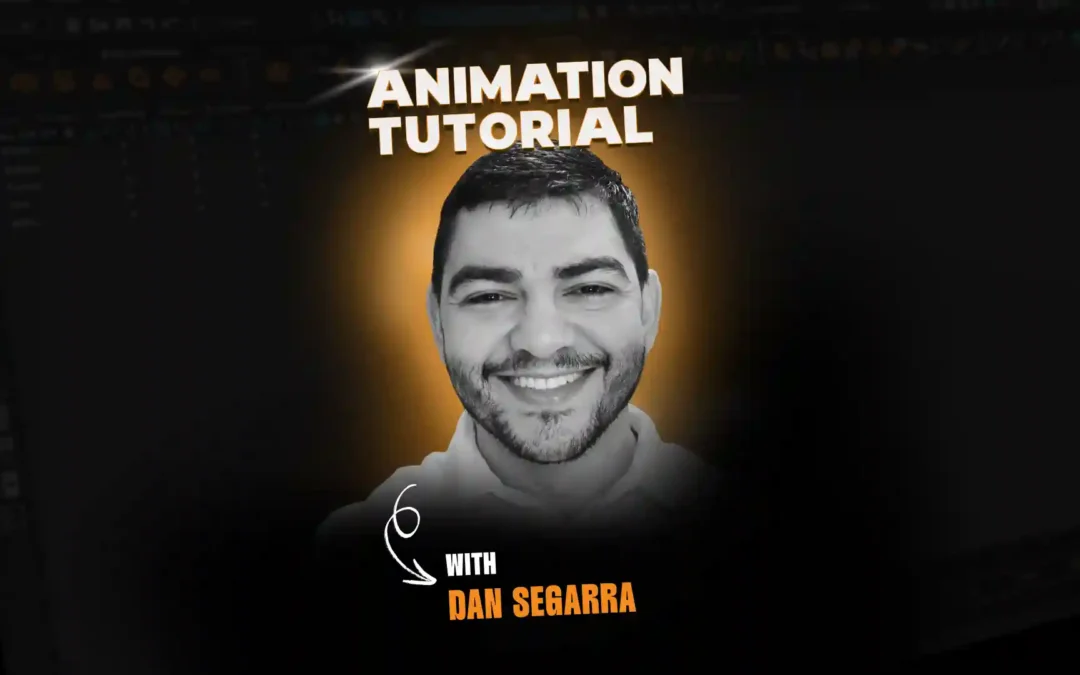
Starting any animation assignment presents many creative choices up front! One of the hardest workflow choices is “should I block in spline mode or stepped mode.” Each mode has its pros and cons, and it can be a tough choice initially! Here’s how you choose.
Starting any animation assignment presents many creative choices up front, first and foremost is what to animate. Then, which character is best for a particular action? IK arms or FK arms? There are also workflow choices to consider and many students ask “should I block in spline mode or stepped mode.” Each mode has its pros and cons, and it can be a tough choice initially.

In my opinion, it’s very much a “you have to learn to walk before you run” issue. My personal experience has been that only after working for many years with blocking in stepped mode—and that workflow forcing me to understand the process of posing, timing, and mechanics via keys and breakdowns—did I start to feel comfortable enough to evolve my workflow into blocking in spline mode…sometimes.
Stepped Mode: The Pros and Cons
The most important pro of working in stepped mode is communicating the big ideas and overall clarity strictly via keys and breakdowns.
The purpose of blocking is to verify that the keys and breakdowns you have chosen to explain your idea work, i.e. proof of concept. Whether or not the motion between them is smooth is completely irrelevant to the goal of blocking. Staying in stepped mode forces you to think in poses, beats, and explains the large ideas. Spline mode should only be thought of as a way of making the transitions between your keys and breakdowns smooth, hence the animation term “in-betweens.”
Dealing with inbetweens while blocking keys and breakdowns makes it hard, if not impossible for students to focus on the poses, mechanics, and clarity. The biggest casualty is usually timing.
Timing keys and early breakdowns in spline mode will literally dilute the timing by 50%. If you have a pose held for 24 frames in stepped mode, it reads on screen for all 24 frames and your timing stays true. But if you are in spline mode, by the time you get to frame 12 the curves are already halfway to the next key. Your pose is 50% gone—that’s a big deal. Imagine cooking any recipe but only using half the ingredients it calls for.
In 2D animation an animator would do a “pose test,” shooting the timed-out keys and breakdowns. A pose test is the equivalent of a stepped playblast since there are no in-betweens created yet. This is an early way to show the basics of the shot or to test the key poses. With strong key poses and an understanding of mechanics and breakdowns, a stepped pose test can and should convey all the vital information.
Below is Glen Keane’s brilliant pose test (stepped) of Ratigan from The Great Mouse Detective.
Some of the other pros of working in stepped mode are that it’s usually quicker and allows for course corrections to happen sooner. If changes are needed, it’s also easier to implement in this rough state.
However, one potential drawback to blocking in stepped mode can be not adding enough information to sell your idea. Keep it simple and clear, but make sure the idea still gets across.
Spline Mode: The Pros and Cons
As I mentioned above, only after having worked in stepped mode for a long time (and knowing mechanics, posing, and timing extremely well as a result) did I start to dabble in blocking in spline mode. Working in spline mode assumes a solid understanding of who your character is and how they move. Typically, the reference really needs to be right on target and ideally approved by your director or supervisor.
The pros of working in spline mode are that you can get 70–80% of the way there in your first pass, and finishing off the shot can be a breeze. The downside is that the pros and cons of working in spline mode are directly proportional to each other. Blocking correctly in spline mode takes more time up-front—and you might be 80% wrong once you are done.

For students just starting out, I think it’s worth learning to walk first and gain the benefits of being forced to think about the big ideas in terms of key poses and breakdowns. As you get more confident and clear with executing your vision, you can then choose which mode is best for each circumstance—but choose wisely!

Want to learn from professional animators?
Start your animation journey by learning with professional animators from a variety of studios and career paths! Get more information about Animation Mentor’s Character Animation Courses.



